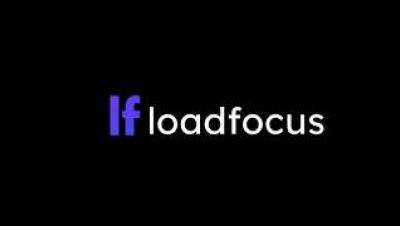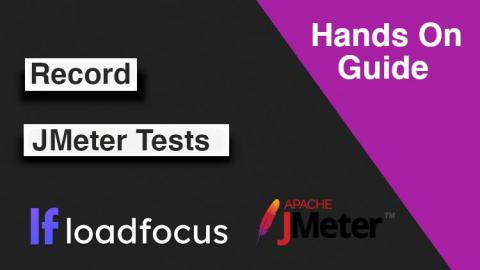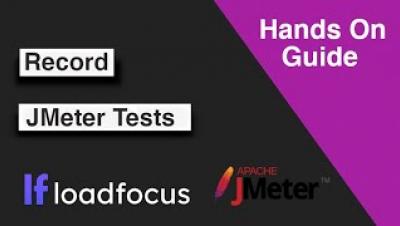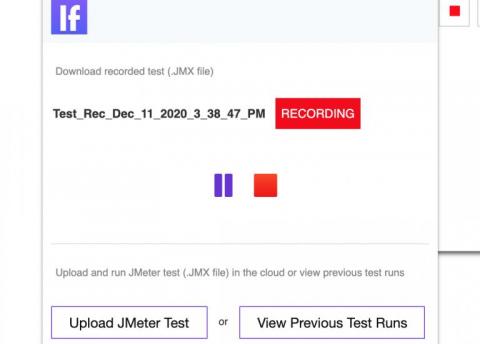Systems | Development | Analytics | API | Testing
November 2020
Agile Software Release Checklist Manifesto
How do you manage to release often without major issues? Create a checklist for your software releases, a list of steps to blindly follow every time release a new piece of software. Here is an example of what steps your list should contain: This list can go on and on, by I would suggest that every team should have a similar checklist. This checklist should be reviewed and updated every 1-2 weeks (doesn’t matter if you do Scrum or Kanban), most likely at the team retrospective meetings.
What is the Purpose of Load Testing?
Leaving movie quotes aside, load testing helps you understand how your application behaves under both normal and peak conditions, and discover what is causing the degradation. But truly, the main goal of load testing is not to lose customers. You don’t do load testing for the sake of doing load testing.
How to Record and Run Load Tests with JMeter in the Cloud Chrome Extension
It’s so easy to record a load test for your website, just add to Chrome Browser the JMeter in the Cloud Chrome Extension and you’ll be able to record and run a load in less than 60 seconds. Let’s have a deeper look how to do this. This is it, less than 60 seconds to record a load test. Now you can: More detail can be found in this video. Written by Bogdan Vazzolla.
Record JMeter Tests Using Chrome Browser Extension from LoadFocus
Record JMeter Tests Chrome Extension
If you need to run a JMeter Load Test and it’s a burden to download Apache JMeter locally on your machine, open it and manually create your JMeter test file, now there is a much easier way to record browser interactions with JMeter. The LoadFocus | JMeter Load Testing in the Cloud Chrome Extension for recording JMeter test script files (.JMX files) from LoadFocus is a free tool to easily record and run load tests in the cloud.
How to Build, Schedule and Execute Performance Tests Before Black Friday and Cyber Week
Well into the pandemic and with the E-commerce boom rapidly accelerating due to people needing to stay inside, you’ll need to make sure that your website and mobile applications are performing well under high load for the holiday shopping season and especially for Black Friday and Cyber Monday sale events.






